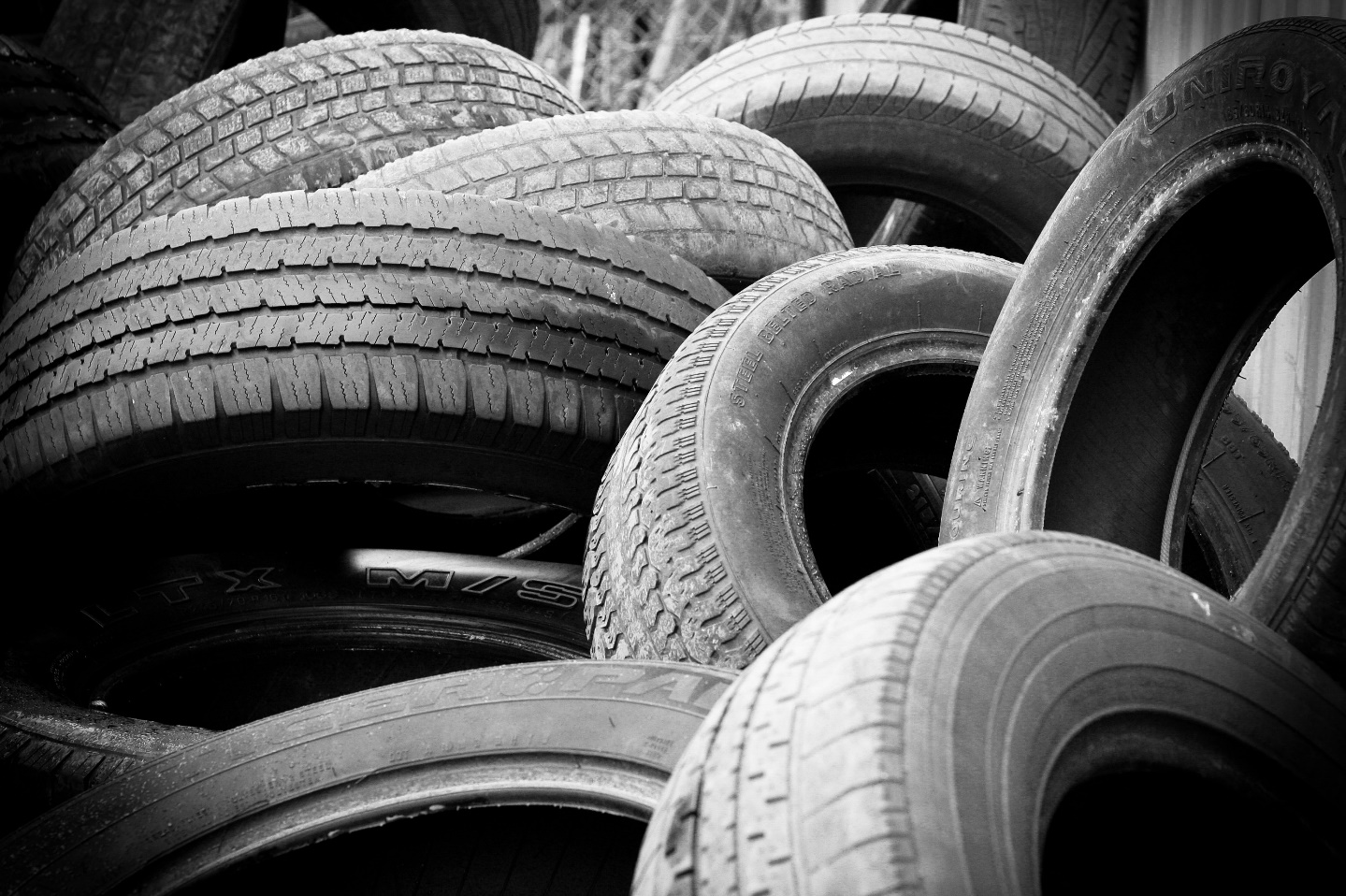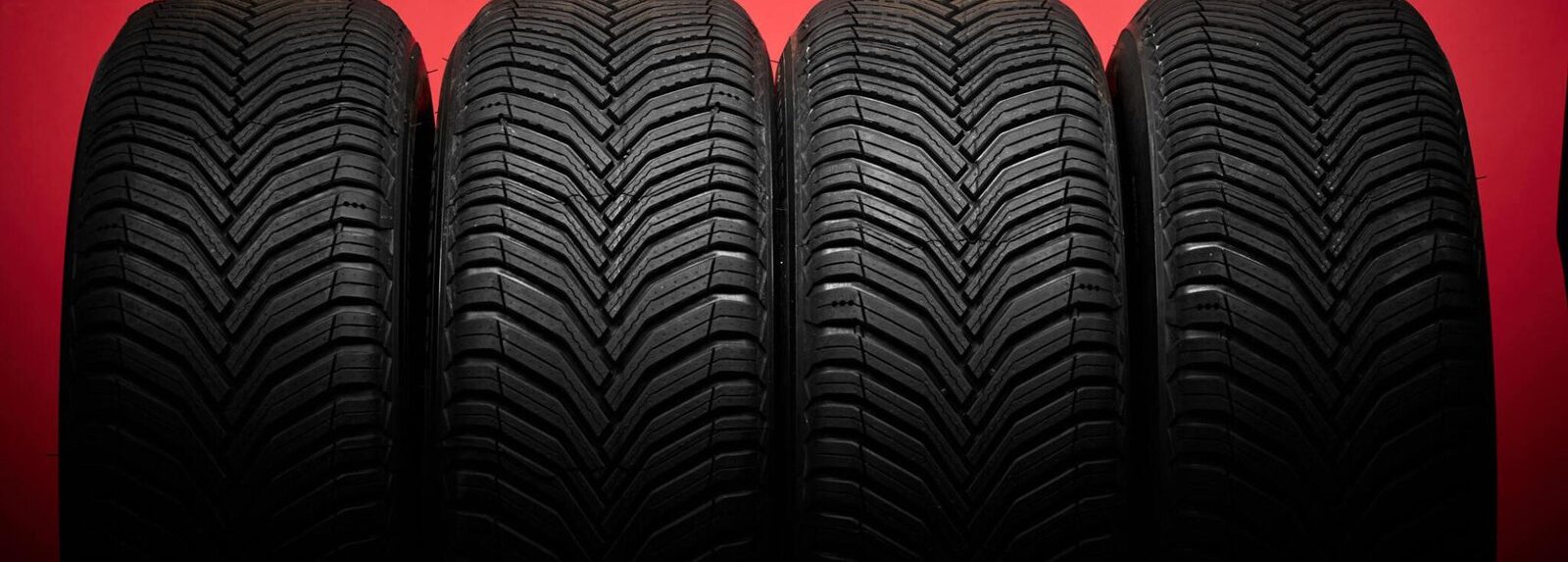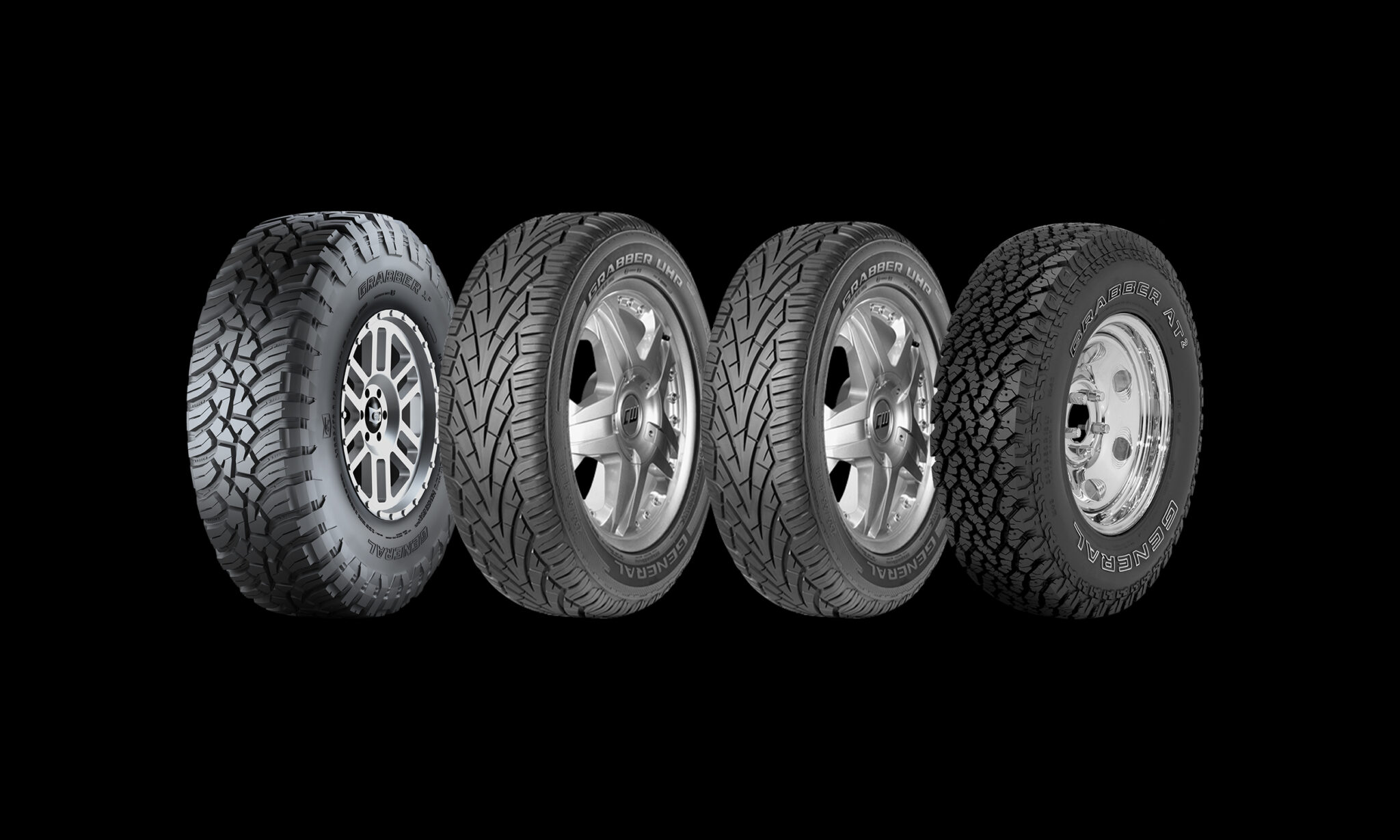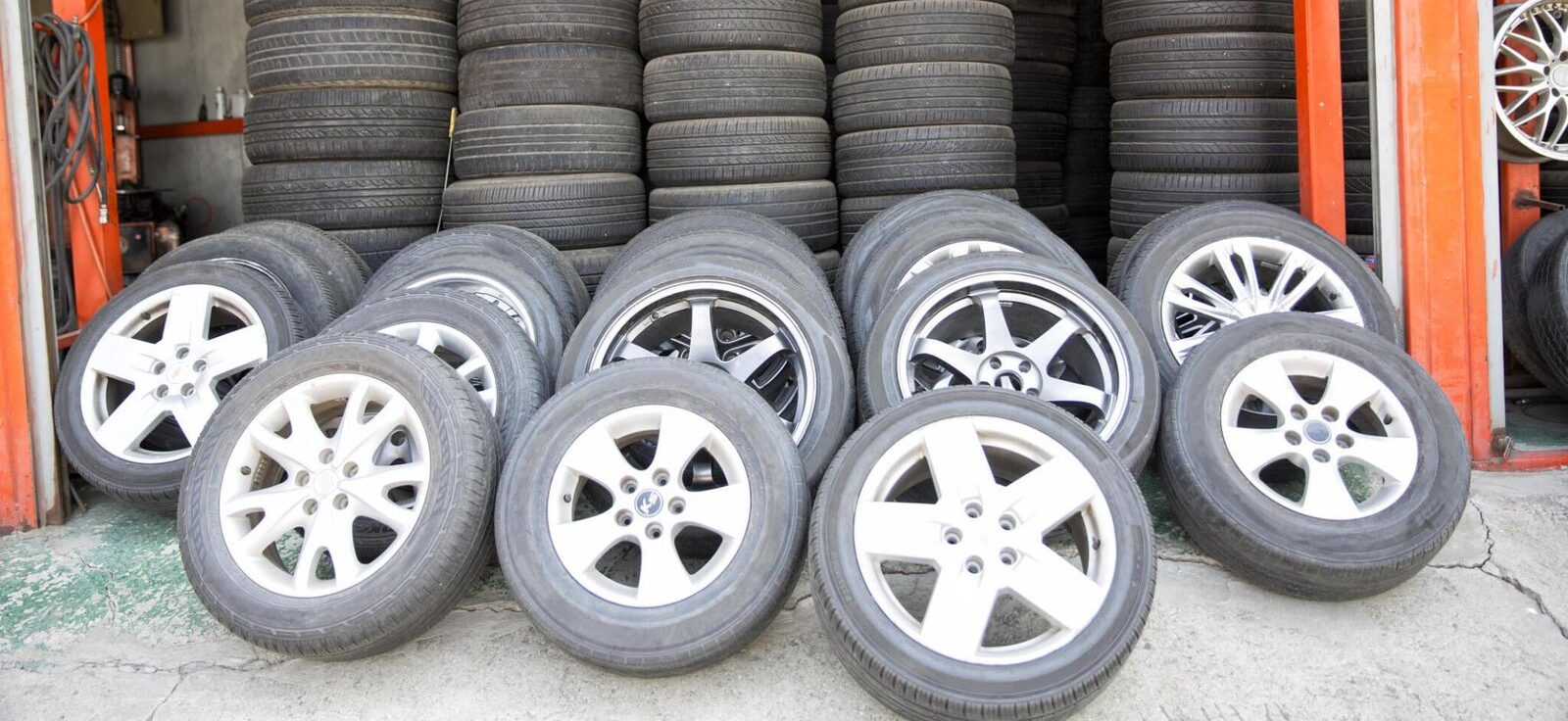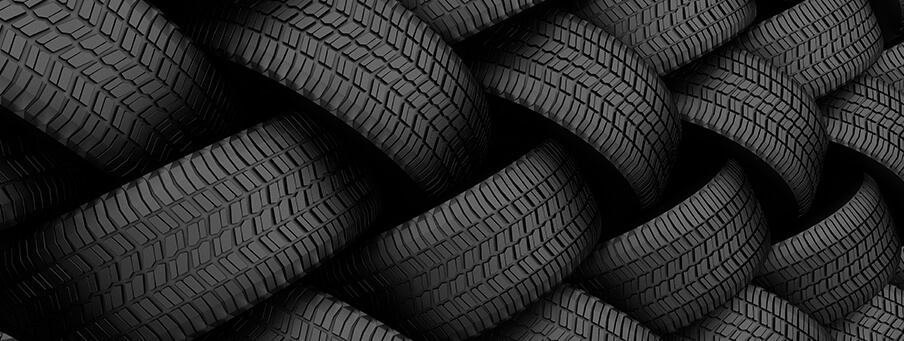Last Updated on April 21, 2024
Unlocking the Importance of Wheel Alignments When Getting New Tires
If you’re looking to buy a new set of tires, you might ask yourself: “Do I Need an Alignment with New Tires?” This article aims to answer this and more.
You’ve just invested in a brand-new set of tires for your vehicle, and you’re enjoying the improved grip, smoother ride, and enhanced safety that comes with fresh rubber on the road. But there’s an essential question you might not have considered: Do I need a wheel alignment with these new tires? The answer could significantly impact your driving experience, tire longevity, and safety.
In this comprehensive guide, we’ll dive deep into wheel alignments, exploring what they are, why they matter, how to know if you need one, and the benefits of proper alignment. By the end, you’ll clearly understand the importance of alignment when fitting new tires and how it can maximize your driving pleasure while saving you money in the long run.
Understanding the Basics: What Is Wheel Alignment?
Before we delve into whether you need an alignment with your new tires, let’s establish a foundation by understanding what wheel alignment entails.
Wheel alignment, also known as tire alignment or front-end alignment, is a critical maintenance task for your vehicle. It involves adjusting the angles of your vehicle’s wheels to ensure they are perpendicular to the ground and parallel. Proper alignment ensures that your tires make optimal contact with the road surface, vital for your vehicle’s performance and safety.
Wheel Alignment
At its core, wheel alignment is adjusting a vehicle’s suspension so that all wheels point in the same direction and are in contact with the road the right way. That may sound simple, but it is critical for driving safety, prolonging tire life, and ensuring that your car runs as smoothly and efficiently as possible.
The alignment of a car’s suspension can be affected by several factors, including driving over potholes or speed bumps, hitting a curb, or wear and tear over time. When the alignment is off, it can cause your car to pull to one side, which can be dangerous and annoying. It can also lead to uneven tire wear, which can shorten the life of your tires.
Video: Understanding Wheel Alignment
What’s the difference between wheel alignment and tire balancing?
There’s this confusion between ‘alignment’ and ‘tire balancing.’ These are two separate services that are important in maintaining your vehicle. Here’s a quick overview of the difference between the two:
| Wheel alignment | Tire balancing |
| This service adjusts the angles of the tires so that they come into contact with the road in just the right way, per the manufacturer’s specifications. This is important because improper alignment can cause your vehicle to pull to one side or the other, rapid tire wear, squealing tires, or a crooked steering wheel when driving straight. | Balancing your tires gives you a smooth ride, especially at high speeds. This service corrects the weight imbalance on your tire and wheel assemblies. It’s important to have this done because an imbalance can lead to vibration in your car. |
What are the signs that you need an alignment?
There are a few telltale signs that your car might need a wheel alignment.
- Your car is pulling to one side or the other when you’re driving.
- You notice that your steering wheel is off-center when you’re driving straight.
- You experience steering wheel vibration.
- Your tires are wearing unevenly.
If you notice these signs, taking your car in for an alignment is a good idea.
Why is it important to get a wheel alignment?
- Safety.
- Increase tire life.
- Fuel efficiency.
- Better vehicle handling and control.
- It improved vehicle stability.
- Prevent uneven and excess tire wear.

What causes tire alignment issues?
There are a few different causes:
- Hitting a pothole or curb.
- Running over a large rock or debris.
- I am accidentally backing into something.
- Overloading your vehicle with cargo.
- In some cases, alignment issues can also be caused by damaged suspension components.
These things can cause your car’s suspension system to become misaligned, resulting in your vehicle pulling to one side of the road or your tires making premature and uneven wear.
Why Wheel Alignment Matters?
Wheel alignment is not just about keeping your vehicle’s wheels pointing in the right direction; it plays a crucial role in several aspects of your driving experience and vehicle maintenance. Here’s why it matters:
1. Improved Handling and Steering Response
Properly aligned wheels make it easier to steer your vehicle, especially when navigating curves and corners. You’ll notice a more responsive and predictable steering feel, enhancing your overall control.
2. Enhanced Safety
Maintaining the correct wheel alignment reduces the risk of accidents. When your wheels are aligned correctly, your vehicle tracks straight, reducing the chance of veering unexpectedly, especially during emergency maneuvers.
3. Extended Tire Life
One of the most significant advantages of wheel alignment is its impact on tire longevity. When your wheels are misaligned, the tires wear unevenly, causing premature replacement. Proper alignment ensures even tire wear, maximizing your investment.
4. Better Fuel Efficiency
Misaligned wheels create extra resistance, forcing your engine to work harder and consume more fuel. A wheel alignment can help improve fuel efficiency and save you money at the pump.
Signs You Might Need an Alignment
Now that you understand why wheel alignment is crucial, you must recognize when your vehicle may require an alignment, especially after fitting new tires. Look out for these common signs:
1. Uneven Tire Wear
Inspect your tires regularly for signs of uneven wear. If you notice excessive wear on the inner or outer edges of the tires, it could indicate misalignment.
2. Vehicle Pulling to One Side
If your vehicle drifts or pulls to one side when driving on a straight, flat road, your wheels are not properly aligned.
3. Steering Wheel Off-Center
When your steering wheel is not centered while driving straight, it suggests a need for alignment. An off-center steering wheel can be annoying and potentially dangerous.
4. Handling Problems
Difficulty in handling, such as a shaky or vibrating steering wheel, can result from misaligned wheels. It can affect your ability to maintain control, especially at higher speeds.
What happens during an alignment procedure?
At this point in this article, we’ll introduce you to the three angles that need to be checked and adjusted if necessary during alignment. Remember that these angles will be adjusted based on the manufacturer’s specifications.
- CASTER ANGLE: (viewed from the side) This angle affects how much the steering axis leans forward or backward from the vertical axis

Image Source: Intrax
Caster Angle (defined: the forward or backward tilt of the steering axis; responsible for stabilizing the steering in a straight direction)
- CAMBER ANGLE: (viewed from the front or back of the vehicle) This angle affects how much of the tire’s surface area is in contact with the road
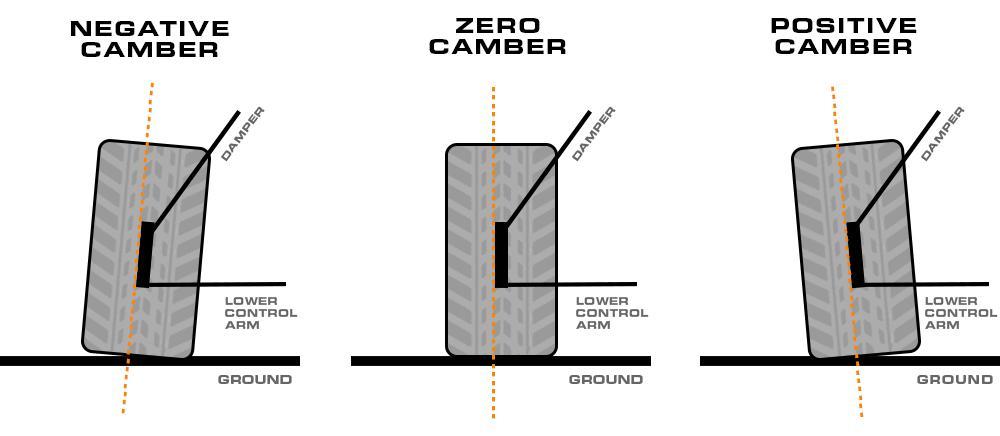
Image Source: Apex
Camber Angle (defined: the inward and outward tilt of the tire and wheel assembly; responsible for the cornering performance and for preventing uneven tire wear)
- TOE ANGLE: (viewed from the top) This angle affects how much the tire points in or out
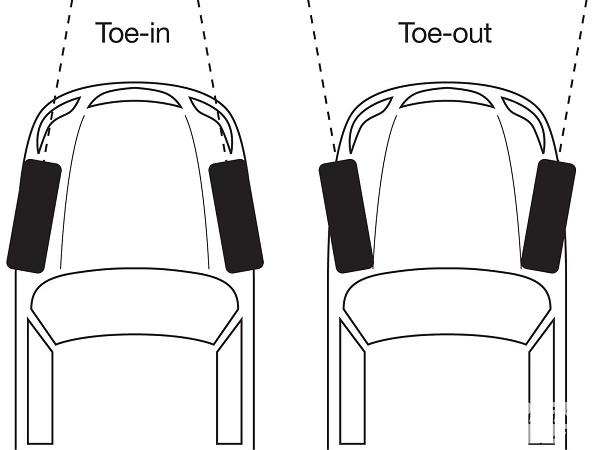
Toe Angle (defined: the direction the tires are pointed about the centerline of the vehicle; responsible for directional control, turning response, and preventing excessive tire wear)
The alignment procedure usually takes about 30 minutes to an hour to complete. Once the alignment is finished, you should notice a difference in how your car drives. The steering should feel more responsive, and the car should no longer pull to one side or the other.
Do I need an alignment with new tires?
Do I need to have all four tires aligned at the same time?
Yes, aligning all four tires is recommended, but if this is not possible, the front tires should be aligned with the rear axle checked.
Remember to ask for a before and after print of the results. With this, you’ll know what has been adjusted – and also, it’s always wise to keep this as a record you can refer back to in the future.
Video: Understanding Wheel Alignment Printout
How often should I be getting a tire alignment for my vehicle?
It may vary depending on how you drive and the roads you typically drive on. Most carmakers recommend getting an alignment at least once yearly or every 12,000 miles – whichever comes first.
Check your tire alignment more frequently if you live where you have to deal with many rough roads. The same goes if you do a lot of off-roading in your car.
You’ll also want to watch for premature or uneven tire wear, as this is often one of the first signs that your car’s suspension is out of alignment. If you notice anything unusual, it’s best to check it out sooner rather than later.
Benefits of Aligning New Tires
Let’s address the central question: Should you align your wheels when fitting new tires? The answer is a resounding yes, and here’s why:
1. Protecting Your Investment
When you invest in new tires, you want to maximize their lifespan and performance. Aligning your wheels ensures that your new tires wear evenly, preserving their quality and longevity.
2. Ensuring Safety
Safety on the road is paramount; properly aligned wheels contribute to a safer driving experience. You’ll have better control, reduced risk of accidents, and improved handling with aligned wheels.
3. Saving Money
While getting a wheel alignment might seem like an additional expense, it can save you money in the long run. By preventing uneven tire wear, you’ll avoid premature tire replacement costs.
When to Get a Wheel Alignment
Ideally, you should schedule a wheel alignment when fitting new tires. It’s the perfect opportunity to start with a fresh alignment to complement your fresh rubber. Additionally, consider the following times for wheel alignments:
- Regular Maintenance: Include wheel alignment in your routine vehicle maintenance, typically every 6,000 to 8,000 miles.
- After Hitting Potholes or Curbs: Impacting road hazards can knock your wheels out of alignment, so checking after such incidents is essential.
- Suspension Work: Any work on your vehicle’s suspension, such as replacing struts or shocks, should be followed by a wheel alignment.
- Uneven Tire Wear: If you notice uneven tire wear patterns, it’s crucial to get an alignment promptly.
Can I get an alignment with bad tires?
The quick and short answer: Yes.
You can get an alignment with bad tires or even before buying new tires. Many experts agree that the only effect worn tires have on your wheel alignment is a change to the ride height. Also, this effect should be negligible, given today’s steering and suspension design.
But if your vehicle is older, you might be better off replacing the tires before the alignment because excessive wear may have affected the camber measurement. One should remember that for the older 1980s-below vehicles, the camber, Toe, and caster can be adjusted during alignment – unlike modern models, wherein only the toe-in and toe-out levels can be adjusted.
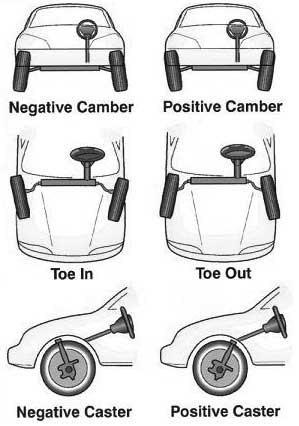
Camber, Toe, and Caster angles
Many modern vehicles now have a fixed front end in which the camber and caster levels are factory-set and can no longer be adjusted during alignment.
Should I complete an alignment before installing new tires?
The answer is that it doesn’t matter (see the previous section – above). However, other factors (such as worn or damaged steering and suspension parts) can affect tire wear and alignment, so inspect those parts of your vehicle before buying new tires or scheduling an alignment.
Driving on new tires without an alignment
What happens if I don’t get an alignment done?
If you don’t get an alignment done when your car needs it is a safety issue: you are putting yourself at risk. Driving with misaligned wheels can cause your vehicle to pull to one side of the road, which can be dangerous. It can also lead to uneven tire wear, shortening tire life.
Sometimes, alignment issues can damage your car’s suspension components, resulting in a rough ride.
So, if your car might need an alignment, it’s best to get it checked out as soon as possible — for your safety and enjoying a smooth ride.
So, do I need an alignment after new tires are installed?
In most cases, the answer is yes – it’s a good idea to get your alignment checked out after installing new tires – if nothing else, to get your peace of mind.
It’s also best to learn more about enhancing your vehicle’s safety program to make your tires last longer.
We hope this article has helped clarify concepts related to wheel alignment. If you wish to check out tire model options that are right for you, look at our online shop and see a variety of brands and models.
FAQs
What to do after getting new tires?
After getting new tires, consider a wheel alignment to preserve tire life, improve handling, and ensure safety.
Do I need a wheel alignment after replacing the tires?
Getting a wheel alignment after replacing tires is recommended to ensure even wear and optimal performance.
What happens if I don’t do a wheel alignment?
Neglecting a wheel alignment can lead to uneven tire wear, reduced handling, and potential safety risks.
How do you know if your wheels need alignment?
You may need a wheel alignment if you notice uneven tire wear, your vehicle pulls to one side, the steering wheel isn’t centered, or you experience handling issues.




